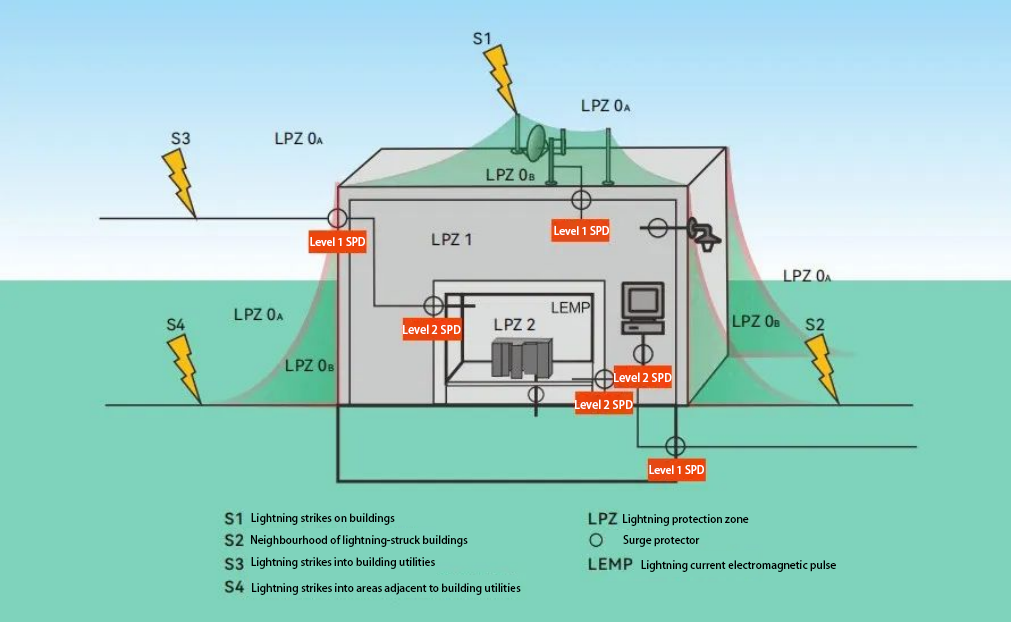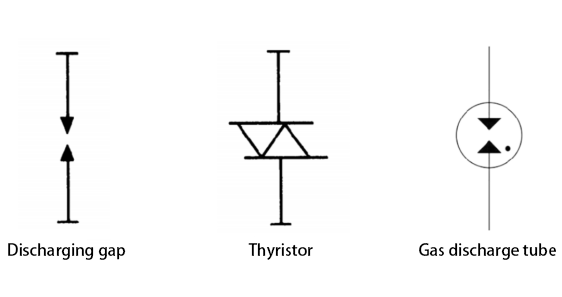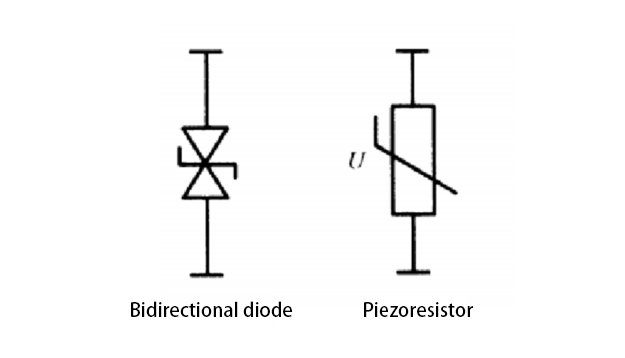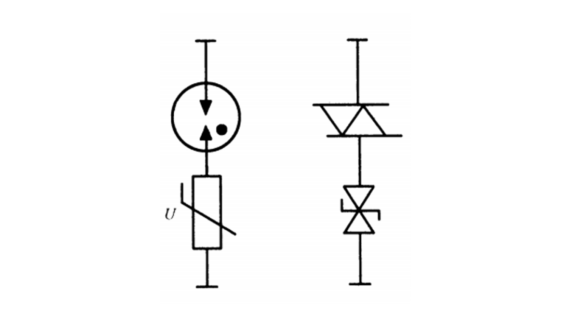How to Select Surge Protectors for Different Scenarios?
Surge protectors are critical components for ensuring the stable operation of power distribution systems across various electrical environments. Lightning strikes and transient voltage spikes can reach several thousand volts, potentially causing irreparable damage to equipment. Below, we explore how to select surge protectors (SPDs) for different scenarios.
01. Selecting Different Surge Protector Levels Based on Lightning Protection Zones
The concept of lightning protection zones (LPZ) is the theoretical foundation of lightning protection. It serves as a general method for selecting SPDs with different protection levels. As the follow image shows

Lightning Protection Zones LPZ (IEC 62305-4):
Based on the installation location in lightning protection zones, the selection of SPDs by level is as follows:
1) Zone LPZ 0A-2: Use Type 1 SPDs, primarily to discharge direct lightning currents.
2) Zone LPZ 0B-2 and subsequent zones: Use Type 2 SPDs, which primarily discharge induced lightning currents and limit overvoltages.
3) Zone LPZ 0B-2, LPZ 1-2, and subsequent zones: Use Type 3 SPDs, which primarily clamp and limit overvoltage to a range tolerable by precision equipment, protecting them from lightning damage.
Regardless of the industry or scenario, SPDs can be selected by referencing lightning protection zones and the distribution box's location within the building.
2. How to Choose a Type 1 Surge Protector?
Type 1 SPDs form the first line of defense in an internal lightning protection system. In practice, many users do not prioritize selecting the correct Type 1 SPD, leading to frequent power outages and equipment damage.
Depending on the components used, Type 1 SPDs are categorized as follows:
1) Voltage-Switching Type SPD: Common components include spark gaps, gas discharge tubes (GDT), and thyristors. They offer strong discharge capability but may produce follow currents.

(Image: Voltage-Switching Components)
2)Voltage-Limiting Type SPD: Common non-linear components include metal oxide varistors (MOV) and suppression diodes. These SPDs feature low residual voltage and fast response times but may exhibit leakage currents.

(Image: Voltage-Limiting Components)
3)Combination-Type SPD: These SPDs combine voltage-switching and voltage-limiting components. As the most advanced technology in the industry, they are highly safe, with no follow currents or leakage currents. They integrate the advantages of both types while avoiding their drawbacks.

(Image: Combination Components)
According to UL1994 requirements, SPDs must meet the no-follow-current standard to prevent issues like power grid interruptions or equipment fires caused by follow currents. Consequently, voltage-limiting and combination-type SPDs meet UL's no-follow-current requirement, ensuring stable power supply without tripping the main switch.
For applications with stringent safety requirements, combination-type SPDs are preferred because they eliminate follow and leakage currents, outperforming voltage-switching types.
The common Iimp current capacities for Type 1 SPDs include 12.5kA, 15kA, 25kA, and 50kA. Typically, a 25kA Type 1 SPD is sufficient for most applications.


